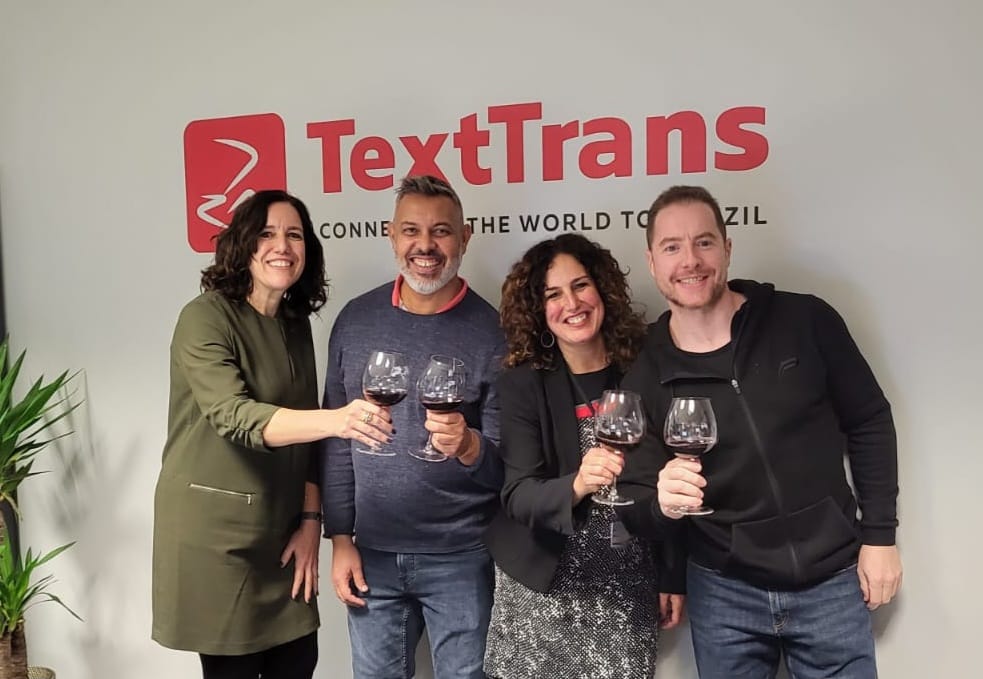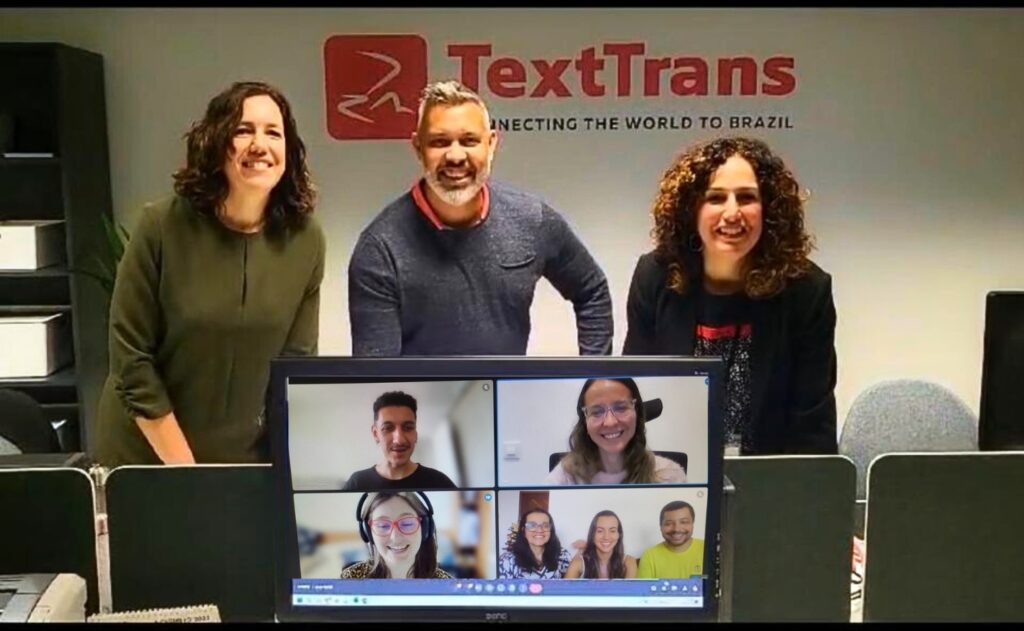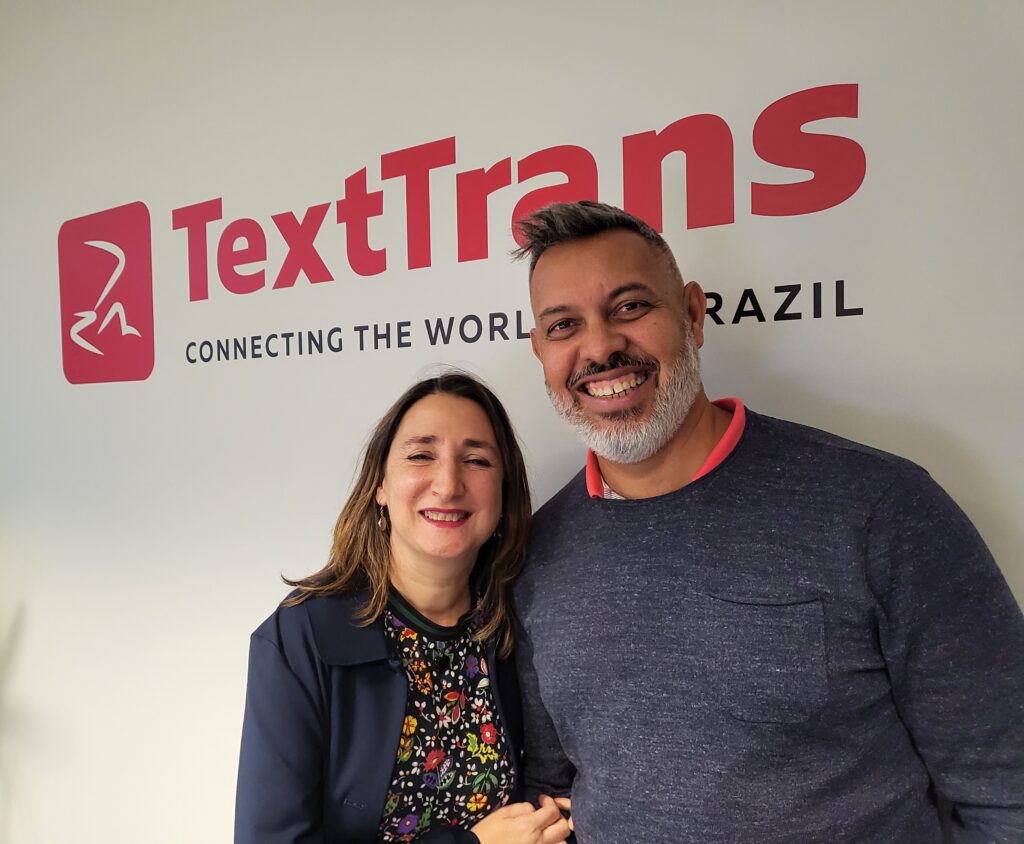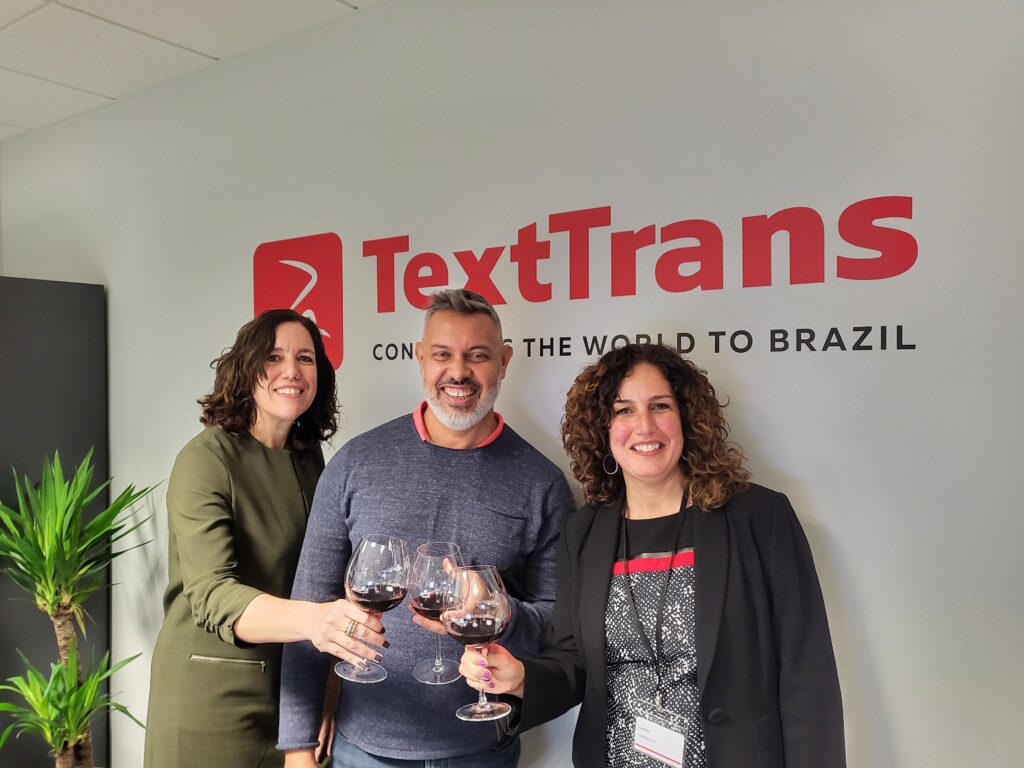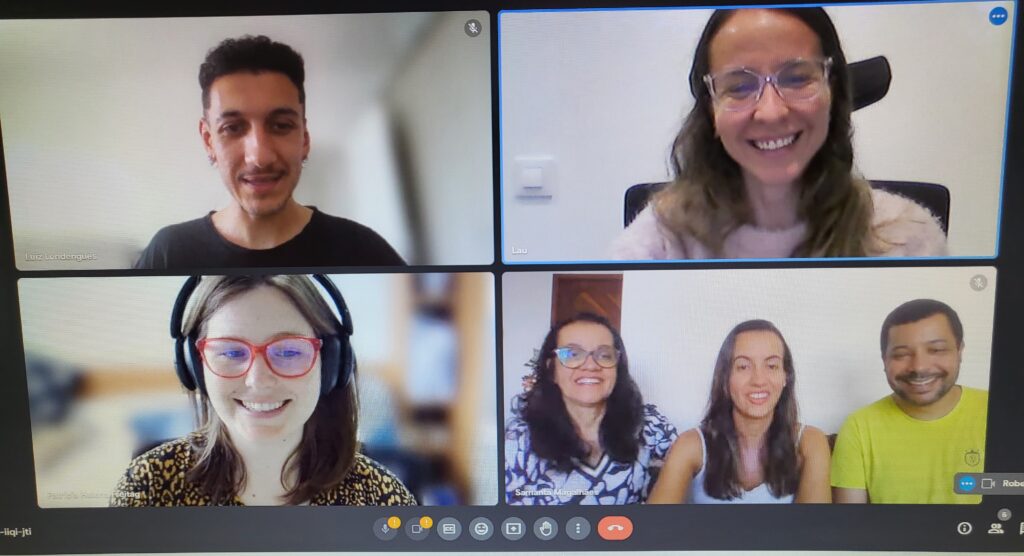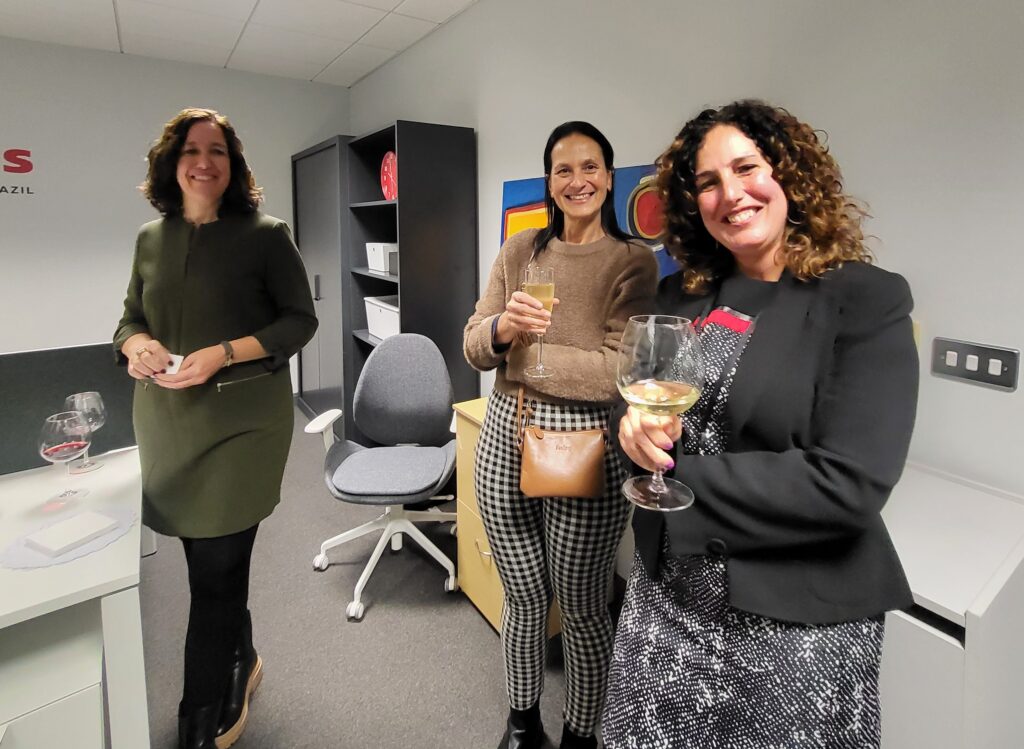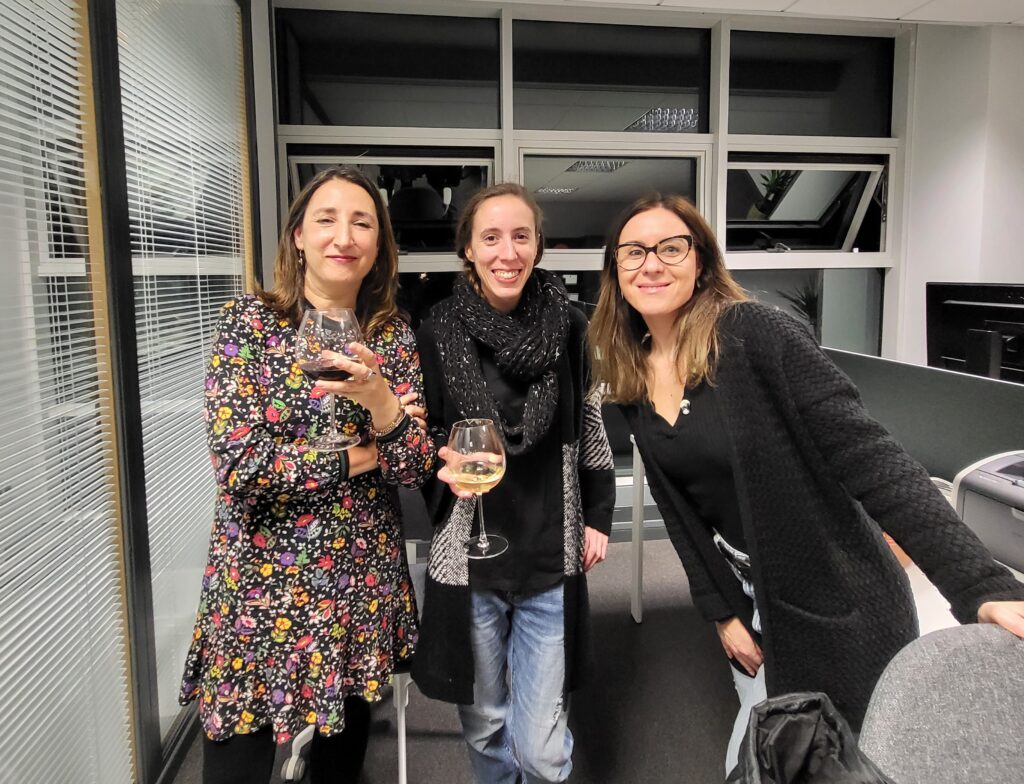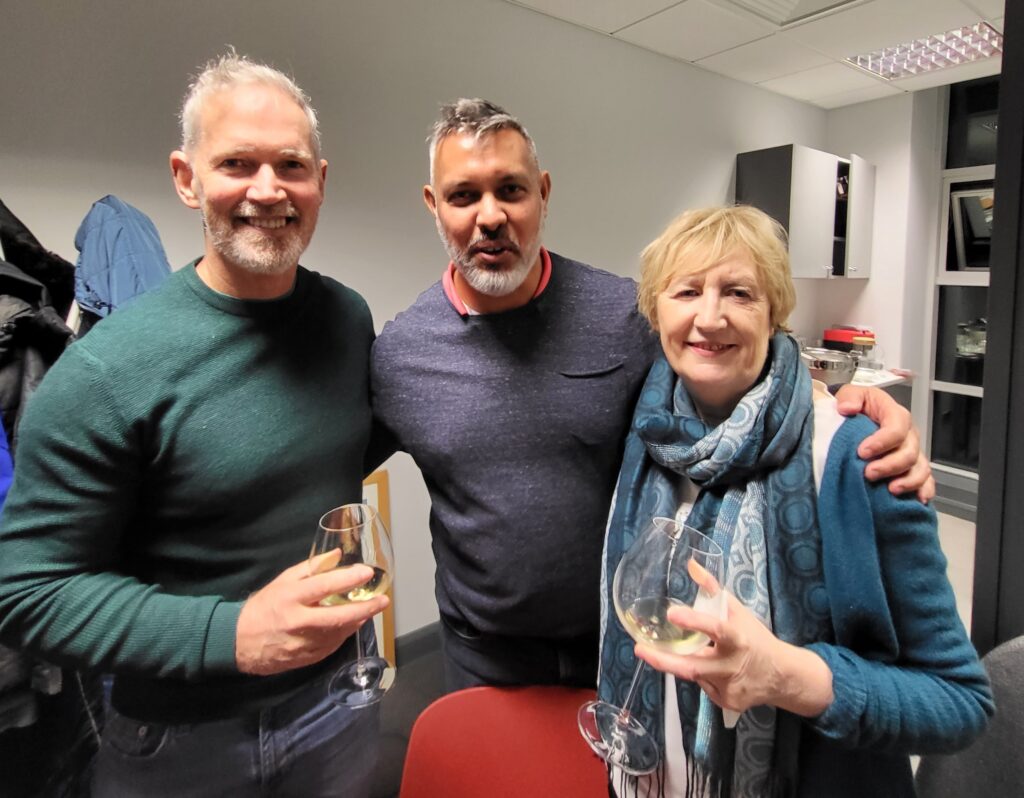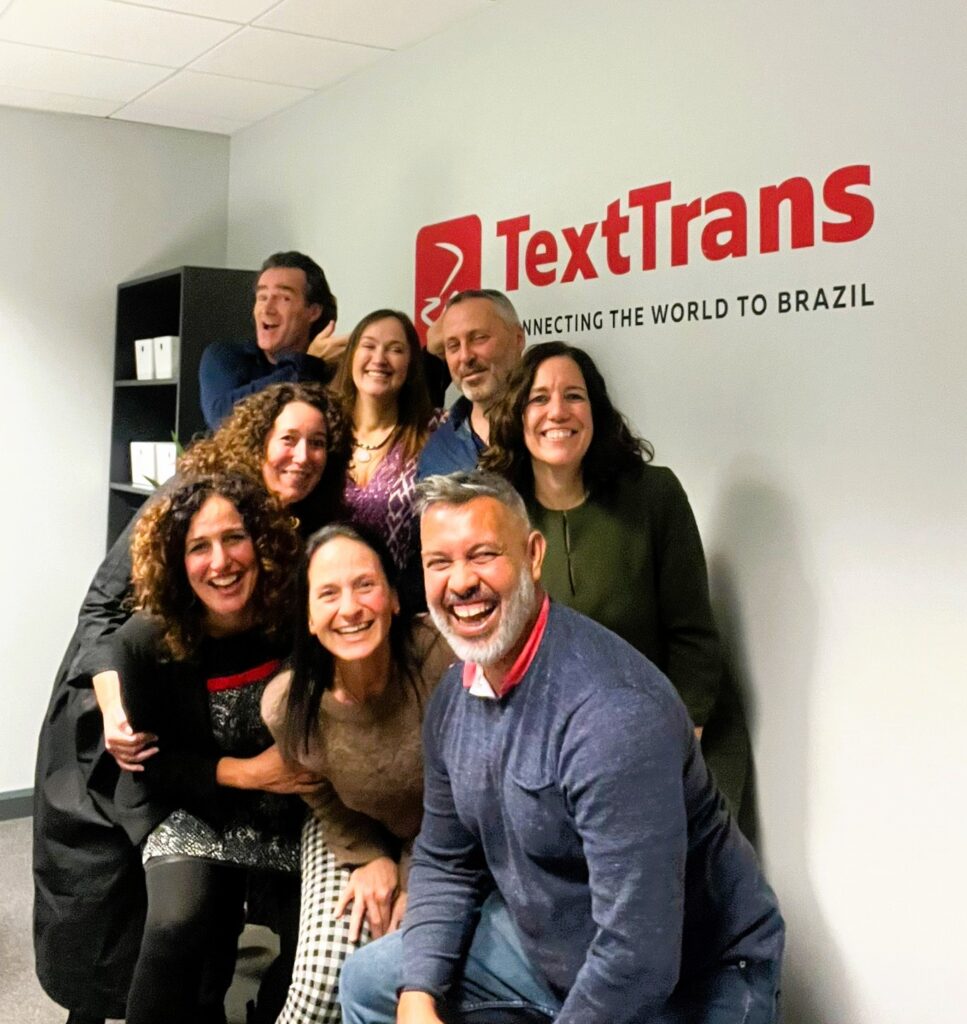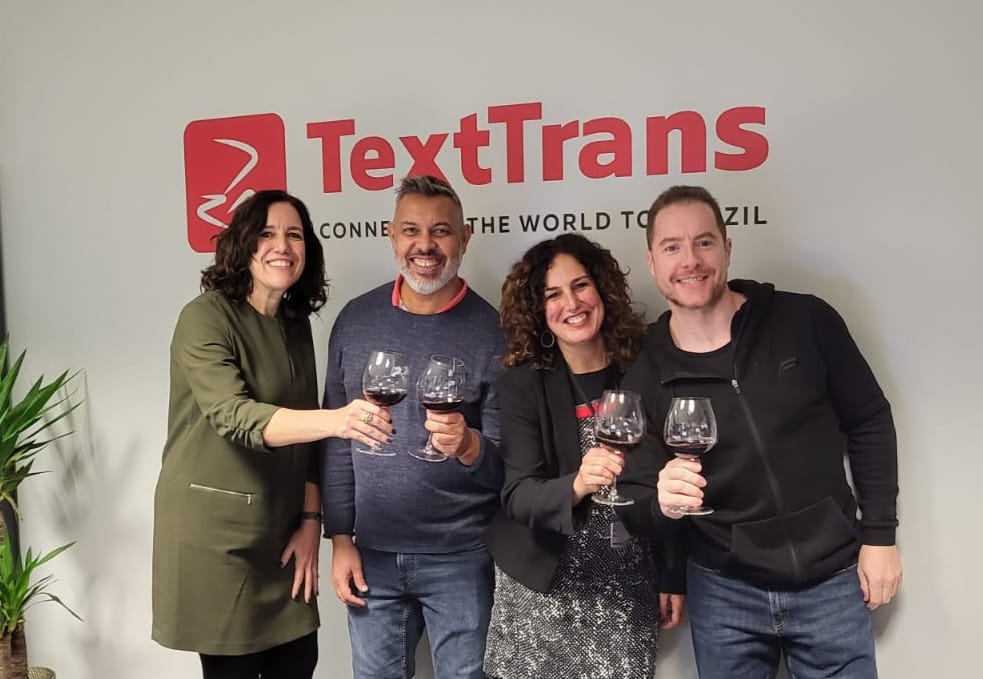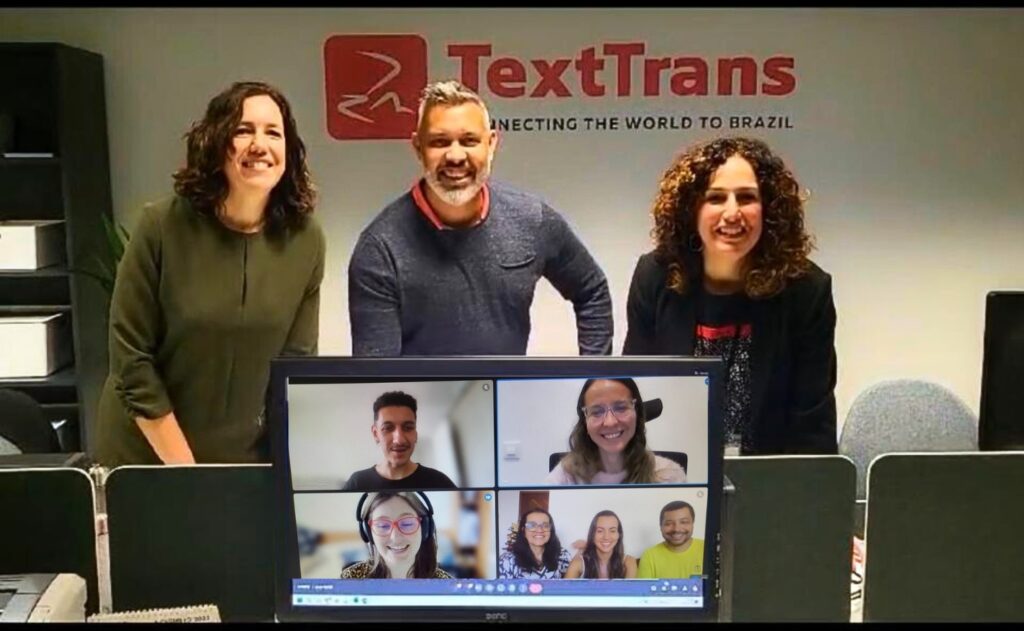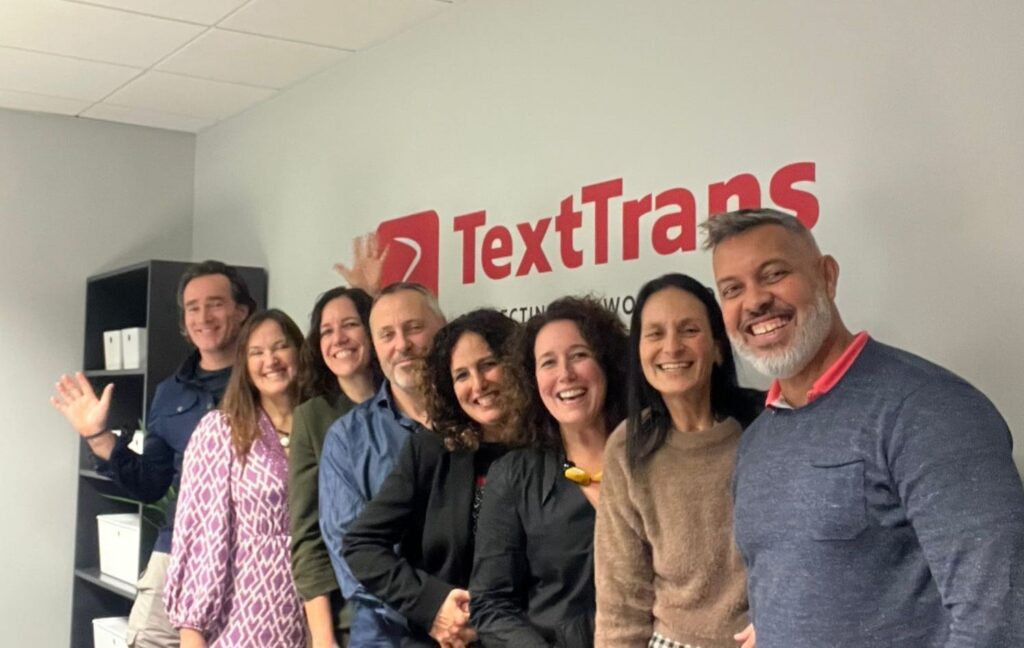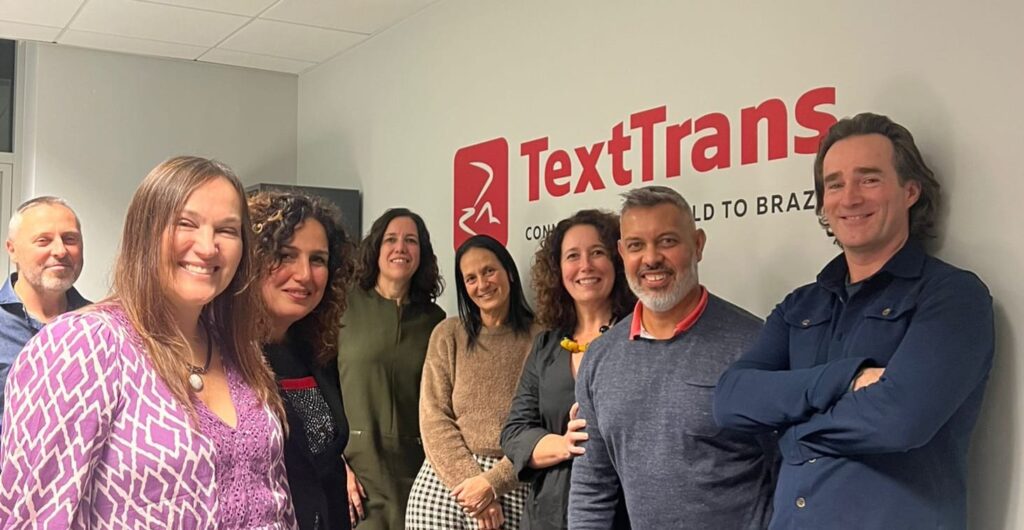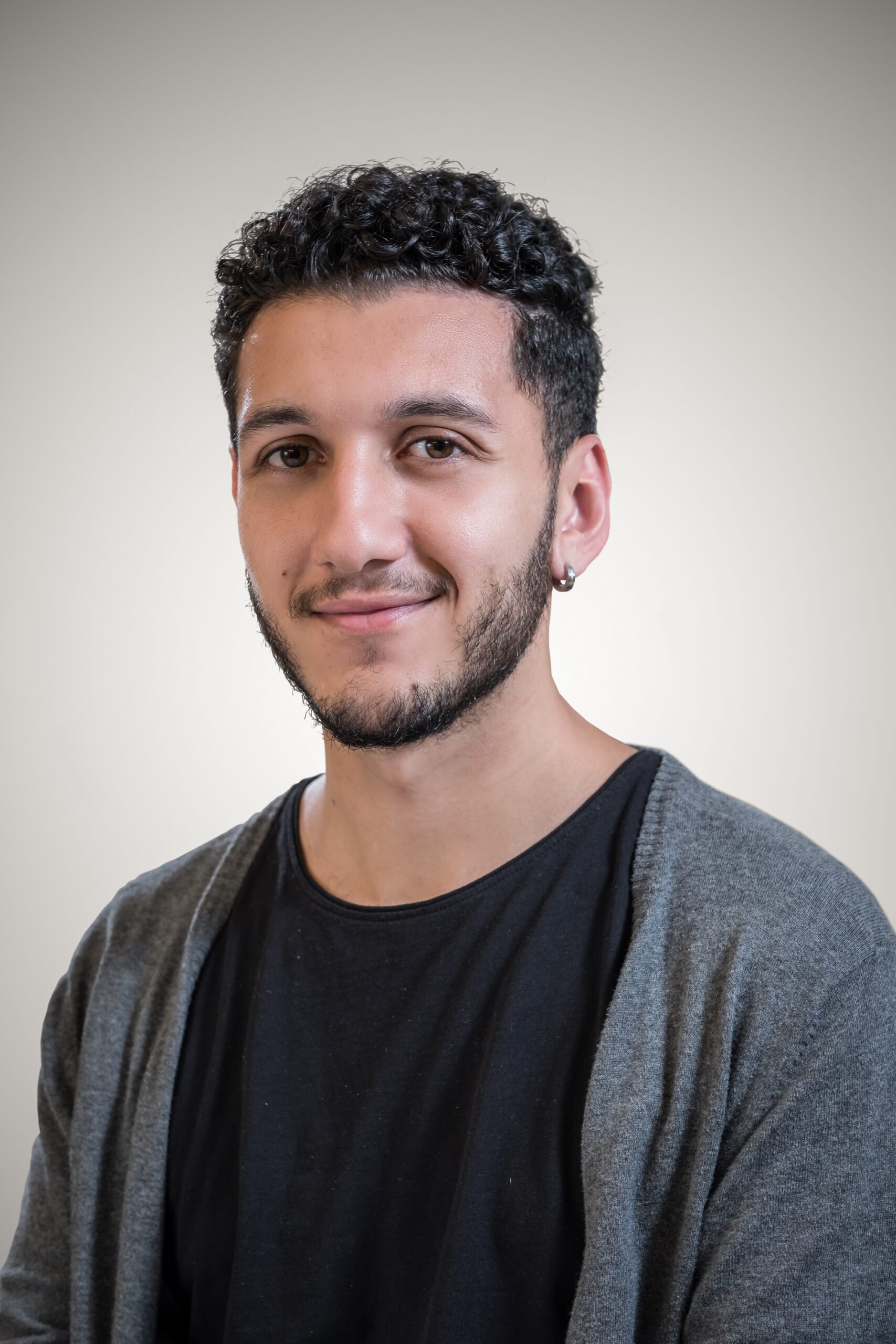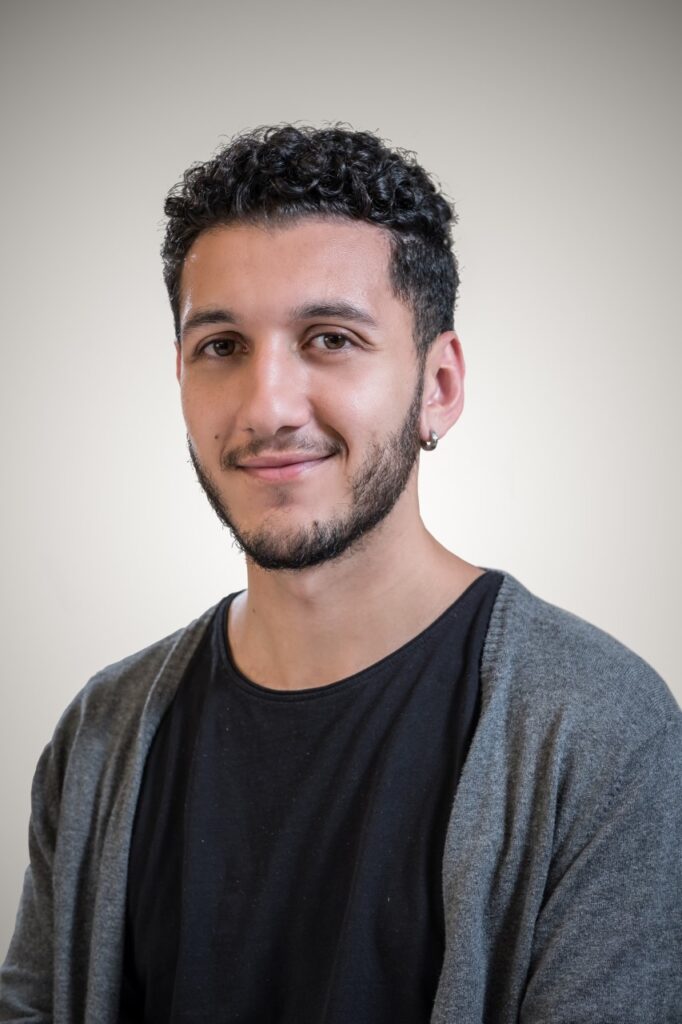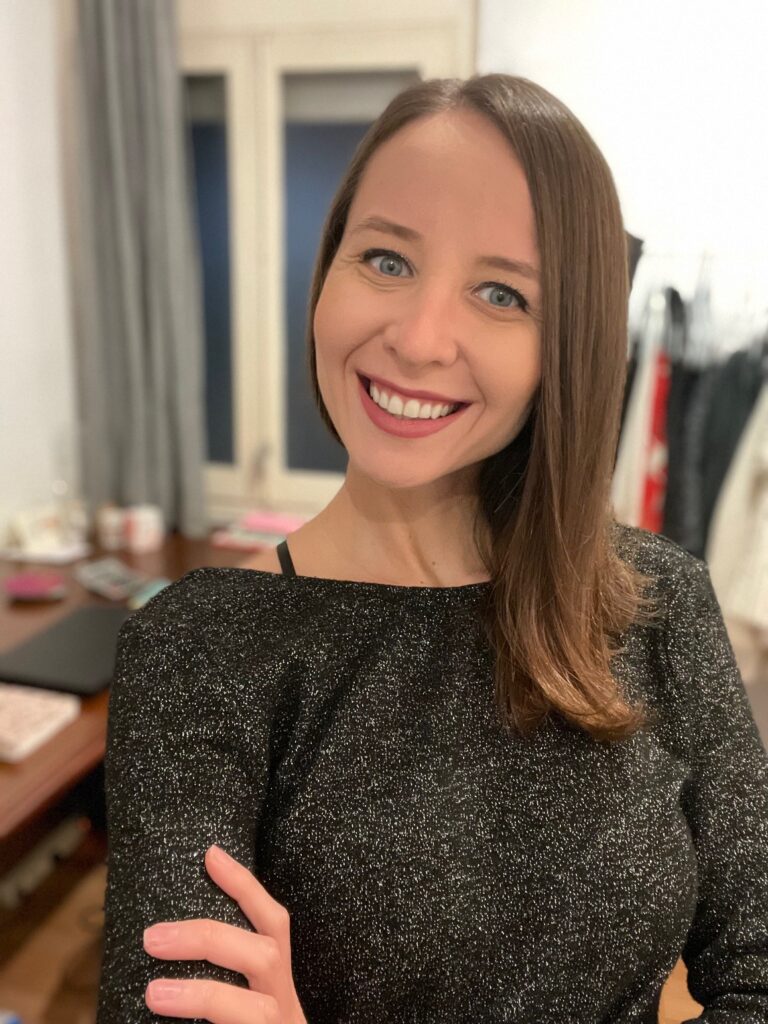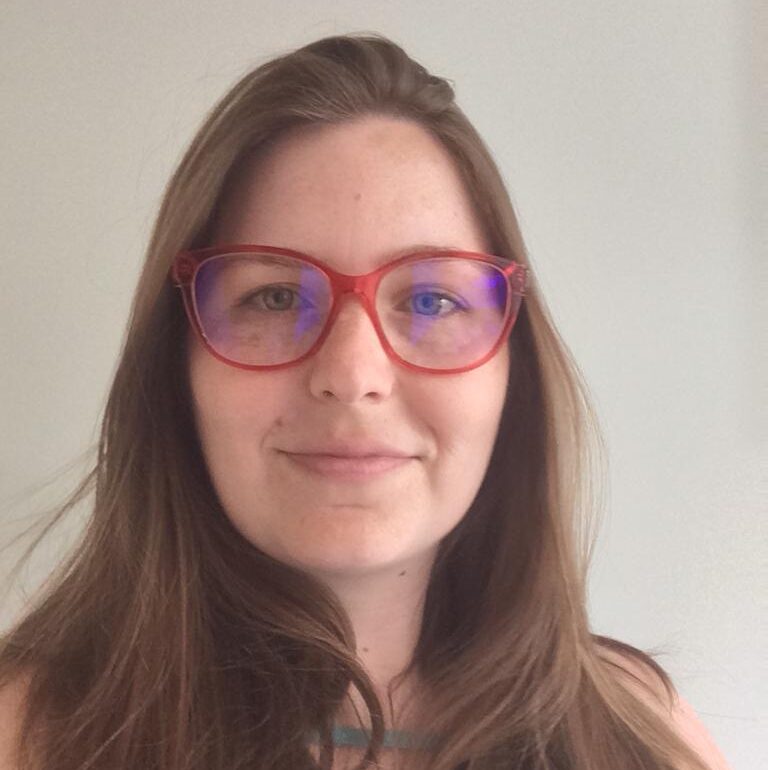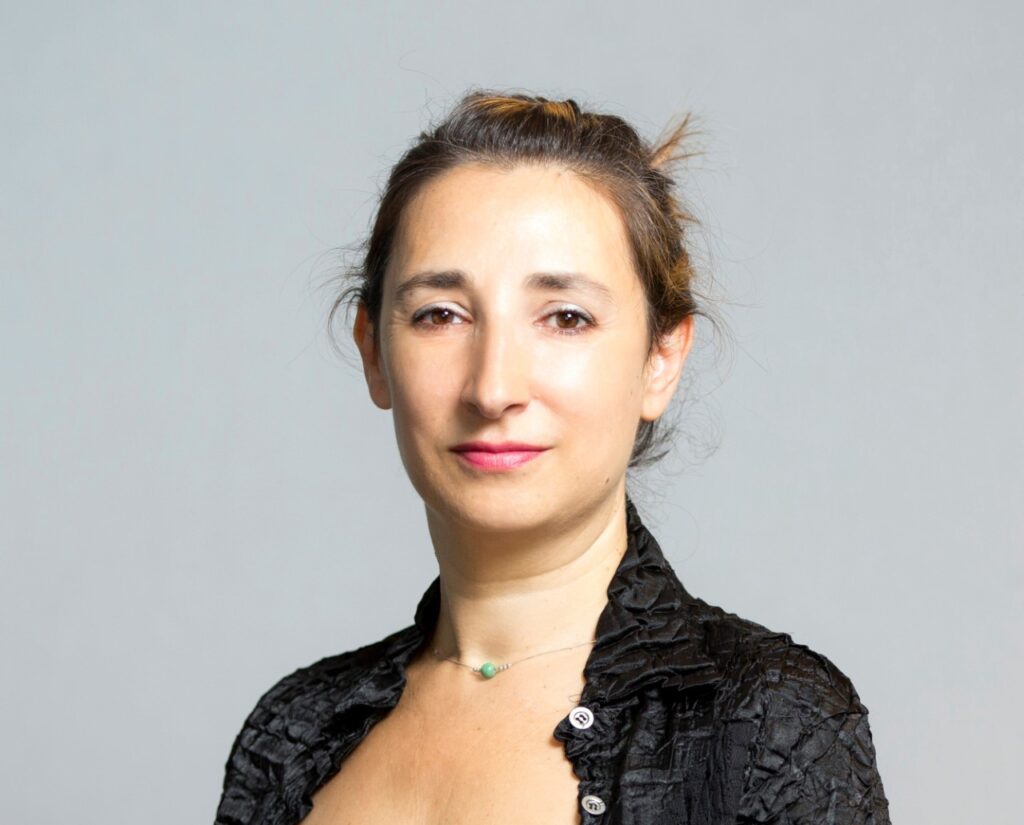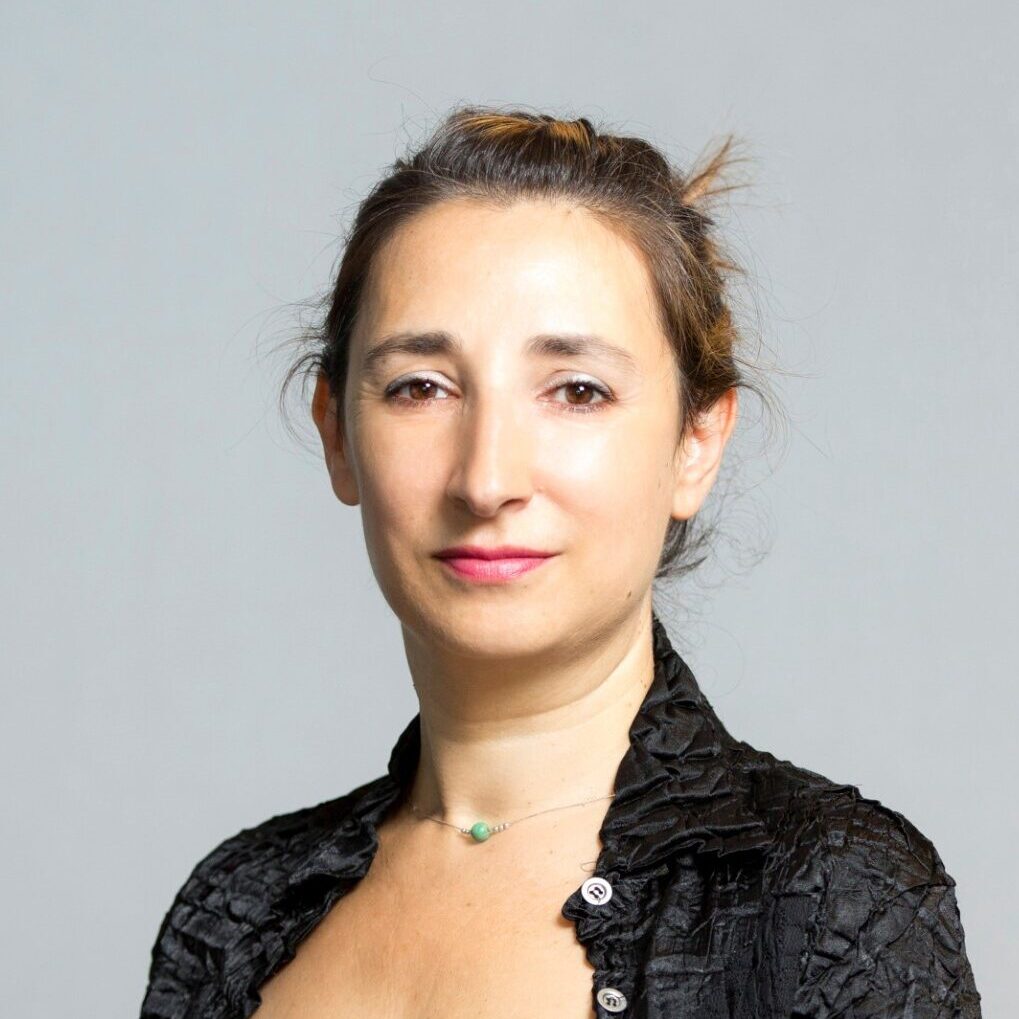Get to know our dedicated team of localization project managers.
Laudecene Sippel Lemos has been part of TextTrans for over 3 years. She started her professional path with us as a Customer Relationship Executive, and now she is one of our top Localization Project Managers.
Lau was born in Campo Grande, Brazil. She studied Law at the Universidade Presbiteriana Mackenzie and holds a Master’s degree in civil procedure and Litigation, both from institutions in Brazil. Later, she pursued a Master of Hospitality at the GBSB Global Business School in Barcelona, Spain. Her journey in the localization industry started after her internship in sales with Robert Martin, our Chief Customer Officer.
Here is a small interview we did with Lau. Get to know more about one of our PMs.
Please briefly tell us 3 things about yourself.
I really like a challenge, I am patient, and I try to be kind to everybody since we never know what people are going through in their personal lives.
What are you passionate about?
I love doing yoga and getting to know new cultures while traveling.
What do you like to do in your free time? What are your hobbies?
In my free time, I like to go out for dinner, get to know new places, go to the beach, and hang out with my friends. My hobbies are watching Netflix, hiking, reading a good book, and many more.
Which skills make you excel at your job as Project Manager?
Since I have a law background, I think that during my career and professional experience, I learned how to handle stress well, as there was always a lot of work and short deadlines. I think that is all for me.
What training do you partake in to continue improving your skills?
I like to read articles, I also search on Linkedin to see what other professionals are sharing or what is new in the industry, and I try to stay informed about new trends. We also share best practices internally with Claudio and the other project managers and linguists at TextTrans.
Why do you like to work at TextTrans, and what motivates you daily?
At TextTrans, I like the most how everybody is friendly and willing to help at any time and how we are free to manage our working hours with our personal life.
I can say that what motivates me every day is the fact that we work for many types of industries. Every week we have a new challenge in the office, and that is why it never gets boring. Plus it is nice to be able to work with people from all over the world, get to know the work environment of many cultures, and learn how to deal with every single one of them. I like to be part of an international agency.
What has been the most challenging work project you have faced? Why? Please tell us the story.
Every project is challenging and needs to be treated with care. After 3 years working at TextTrans, it is hard to remember a single one. However, lately, the most challenging one that I am still working on is about African heritage, and they are highly complex cultural and literary articles.
Tell me about a time when you felt like a hero at work.
I feel like that every time I solve complex problems; I am sort of a hero. 😉
What is your biggest dream in life?
My biggest dream is to stay healthy, travel the world, and be close to my family.
How was your first day starting at TextTrans?
Scary and challenging since I had never imagined before that I would work in the translation industry since I had no background or experience.
Can you tell us about working in the translation business, and in particular with TextTrans? What value has TextTrans taught you?
It is nice to see how the translation world has evolved. We work in different cities, and sometimes it can be challenging since we don´t get to interact that much. But now, this seems to be the norm in many businesses. Personally, it is very motivating and professionally speaking to see how Claudio could grab this opportunity and start a successful business 23 years ago.
Can you describe a stressful situation and how you handled it?
It doesn’t happen that often, but when it happens, it can be very stressful. For example, when a translator completely forgets about a project, they have committed to and doesn’t do it, and we find out on the same day of the delivery. This can be a very complex situation. Here we have to distribute the project among many people to meet the deadline, but also make sure we have a great reviewer to ensure consistency and final quality. This way, we don’t jeopardize our relationship with the client.
How would you pitch TextTrans to a friend?
Great people, the best place to work and learn.
How would you define success in your career?
Defining success can be very tricky and almost impossible since we are human beings, and we need to improve every day. Still, I would say that if you respect your coworkers and clients, understand people’s limits, and do your best. Trying always to deliver a job with quality and on time, I think that can be called success.
Tell me what a good work-life balance looks like.
I read once that to have balance in our lives in general; we need to try to divide our attention equally among work, leisure, and family.
This means we must spend the same amount of time in these three categories. Therefore I guess when we can focus our time on important things, we will be able to have balance in our life. It is hard to achieve this or understand how complex and beautiful life can be, but it is not impossible.
Laudecene has a very interesting profile, she has been a great professional and teammate at TextTrans, and we appreciate her commitment to our company. You can contact her through her LinkedIn profile or our web page for more information. We are always happy to help!
